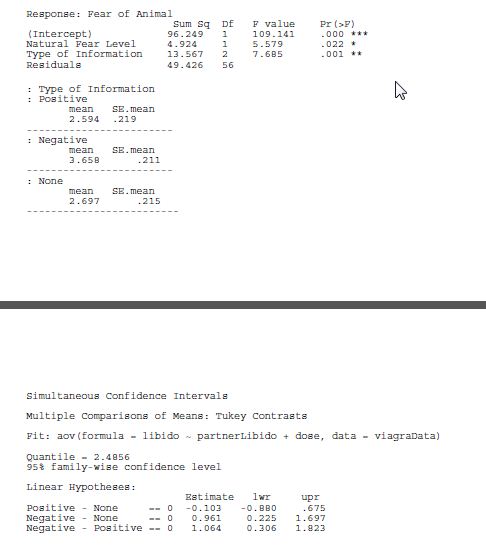In an education case, the plaintiff is
a. The one bringing the suit.
b. The last name listed on the case.
c. The one liable for court costs.
d. None of the above.
ANS: A
You might also like to view...
Why should children be taught to eat a variety of foods every day?
What will be an ideal response?
The main problem with true/false questions is that they
A) are not appropriate for all content areas B) give the students a 50% chance of guessing correctly C) encourage cheating D) are difficult for the teacher to write
What is the main problem with using nonsense words to assess phonics?
A. The test lacks challenge. B. Nonsense words are hard to pronounce. C. Students are unable to use meaning to help them decode. D. Student might guess at the pronunciation based on past experience.
What analysis has been used?
A psychologist was interested in the effects of different fear information in children’s beliefs
about an animal. Three groups of children were shown a picture of an animal that they had
never seen before (a quoll). Then one group was told a negative story (in which the quoll is
described as a vicious, disease?ridden, bundle of nastiness that eats children’s brains), one
group a positive story (in which the quoll is described as a harmless, docile creature that
likes nothing more than to be stroked), and a final group weren’t told a story at all. After the
story children rated how scared they would be if they met a quoll, on a scale ranging from 1
(not at all scared) to 5 (very scared indeed). To control for the natural anxiousness of each
child, a questionnaire measure of trait anxiety was given to the children and used in the
analysis. The (edited) R output is below. The next two questions relate to this output.

a. Analysis of covariance.
b. Independent analysis of variance.
c. Repeated measures analysis of variance.
d. Mixed analysis of variance.
e. Factor analysis.